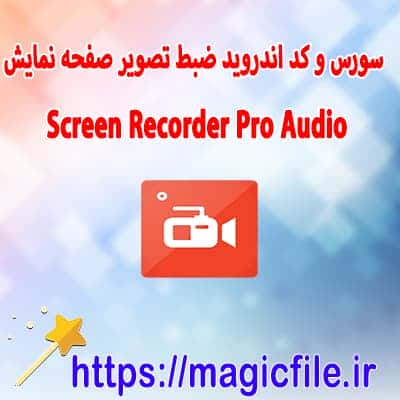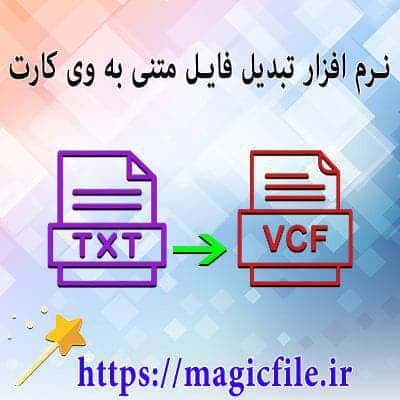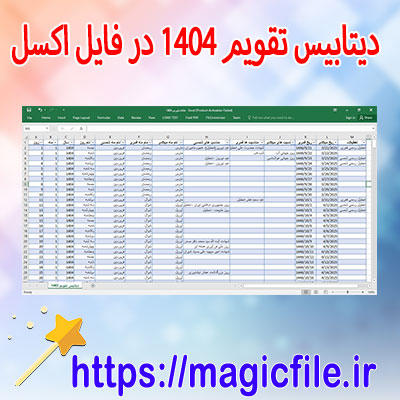SCREEN RECORDER: یک ابزار کارآمد برای ضبط صفحه نمایش اندروید
در دنیای دیجیتال امروز، ضبط فعالیتهای روی صفحه نمایش گوشیهای هوشمند به یک نیاز اساسی تبدیل شده است. Screen Recorder، به عنوان یک اپلیکیشن قدرتمند، به کاربران این امکان را میدهد تا به راحتی و با کیفیت بالا از صفحه نمایش خود فیلمبرداری کنند.
امکانات و ویژگیها
- ضبط با کیفیت بالا: این نرمافزار قادر است ویدئوها را با کیفیتهای مختلف، از جمله ۱۰۸۰p ضبط کند. این ویژگی به ویژه برای تولید محتوا و آموزشهای ویدیویی مفید است.
- تنظیمات انعطافپذیر: کاربران میتوانند تنظیمات مختلفی از جمله نرخ فریم و کیفیت صدا را تنظیم کنند. این قابلیت کمک میکند تا تجربهای شخصیسازی شده دریافت کنند.
- امکان ضبط صدای داخلی و خارجی: یکی از ویژگیهای بارز Screen Recorder این است که میتواند صدای داخلی، صدای میکروفون یا هر دو را همزمان ضبط کند. این ویژگی برای ساخت ویدئوهای آموزشی یا گیمپلی بسیار کاربردی است.
- ویرایش ویدئو: بعد از ضبط، کاربران میتوانند ویدئوها را با ابزارهای ویرایش موجود در اپلیکیشن، مانند برش و افزودن متن و افکتها، ویرایش کنند.
- به اشتراکگذاری آسان: با یک کلیک، میتوان ویدئوهای ضبطشده را به شبکههای اجتماعی مختلف ارسال کرد. این قابلیت باعث صرفهجویی در زمان میشود.
چگونه استفاده کنیم؟
استفاده از Screen Recorder بسیار ساده است. پس از دانلود و نصب، کافی است به تنظیمات بروید و گزینههای مورد نظر را انتخاب کنید. سپس با فشار دادن دکمه ضبط، فرآیند آغاز میشود.
جمعبندی
در نهایت، Screen Recorder یک ابزار بسیار کارآمد برای تمامی کاربران اندروید است. با امکانات متنوع و رابط کاربری ساده، این اپلیکیشن به شما کمک میکند تا به راحتی از فعالیتهای خود بر روی صفحه نمایش فیلمبرداری کنید. این نرمافزار انتخابی عالی برای تولیدکنندگان محتوا، معلمان، و حتی کاربران عادی است.
SOURCES ANDROID SCREEN RECORDER: A COMPLETE OVERVIEW
When it comes to recording your screen on Android devices, the "Screen Recorder" app or feature stands out as a versatile tool. It allows users to capture gameplay, tutorials, or any on-screen activity with ease, offering a range of customization options. But what lies beneath its simple interface? Let’s explore the details comprehensively.
ORIGIN AND DEVELOPMENT
Initially, Android lacked a built-in screen recording feature. Users relied on third-party apps, which varied greatly in quality and functionality. Over time, Google introduced native support starting from Android 11, providing a seamless experience directly integrated into the OS. Meanwhile, third-party apps still play a significant role, especially for older Android versions or advanced features.
CORE FUNCTIONALITIES
A typical Android screen recorder enables capturing high-quality video, often with options for audio input, whether from the microphone or system sounds. Most apps include features like:
- Adjustable resolution
- Frame rate control
- Screen orientation settings
- Countdown timers
- Recording overlays or face cams
IMPLEMENTATION AND TECHNICAL ASPECTS
The core of Android’s screen recording hinges on the MediaProjection API, which grants apps permission to capture screen content without the need for root access. This API acts as a bridge, allowing apps to record screen activities securely. Developers utilize this API to build versatile recording applications, integrating features like video encoding, audio management, and overlay controls.
POPULAR THIRD-PARTY APPS AND SOURCES
Some widely-used apps include AZ Screen Recorder, DU Recorder, and Mobizen. These apps often source their development from independent developers or companies focusing on user-friendly interfaces and extra features like editing, live streaming, or watermark removal. Their popularity stems from compatibility across multiple Android versions and regular updates.
SAFETY AND PRIVACY CONCERNS
Downloading screen recorder apps from unofficial sources can pose risks, such as malware or data leaks. Always prefer official app stores like Google Play, and review permissions carefully. A trustworthy app should only request permissions relevant to its functions, mainly screen capture and audio recording.
CUSTOMIZATION AND ADVANCED USAGE
Advanced users leverage features like custom overlays, hotkeys, or integration with streaming platforms. Developers also embed SDKs into larger applications for specialized recording needs, such as game streaming or professional tutorials.
FUTURE TRENDS AND UPDATES
As Android evolves, so do recording capabilities. Future improvements may include higher resolutions, better compression algorithms, and more integrated editing tools. Moreover, privacy enhancements will likely restrict some functionalities to protect user data.
CONCLUSION
In essence, the source of Android's screen recorder, whether native or third-party, relies fundamentally on the MediaProjection API's capabilities. The variety of options available today reflects an ecosystem that balances performance, privacy, and user experience. For anyone looking to record their screen, understanding these technical and source-related nuances ensures smarter choices and more effective usage.
If you'd like, I can provide specific app recommendations or delve deeper into technical development aspects.





